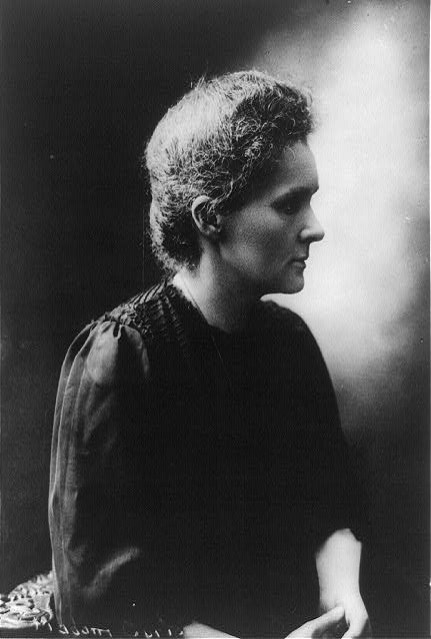Poisons In The Laboratory: Scientists, Beware

On Saturday, take the time to lock up the cyanide and stash your arsenic somewhere safe, because next week is National Poison Prevention Week.
The Centers for Disease Control and Prevention estimate that, despite federally required child-proof packaging on most medicines, emergency rooms receive around 60,000 visits each year from children who sampled from the medicine cabinet. Poisoning is also one of the leading injury-related causes of death in the U.S., with 90 percent of deaths involving drugs, prescription or otherwise, according to the CDC.
It's not just parents that should keep proper poison control in mind. As workplaces go, laboratories are not nearly as risky as forests, but accidental poisoning has claimed the lives of experienced researchers as well as some of the most acclaimed figures in science.
Perhaps the most famous cautionary tale in science is that of Marie Curie, whose work on radioactivity earned her two Nobel Prizes in different scientific fields - chemistry and physics - a feat that has yet to be matched since.
But Curie's years of exposure to radioactive substances and x-rays led to leukemia and her death in 1934.
Another case of accidental poisoning occurred in 1996, when Karen Wetterhahn, a Dartmouth College chemistry professor, spilled a few drops of a mercury compound on her hand while working on an experiment. Wetterhahn wore protective latex gloves and worked under a ventilated hood at the time, but she still died of mercury poisoning several months later.
In a 1998 paper examining the circumstances of Wetterhahn's death in the New England Journal of Medicine, a Dartmouth Medical School-led team found that the compound that killed Wetterhahn, dimethyl mercury, easily penetrates latex. It turned out that the safety protocol for dimethylmercury, which merely recommended wearing appropriate chemical-resistant gloves, was not stringent enough to protect scientists, the paper said.
Another scientist killed in the line of duty was Louis Slotin, who worked on the Manhattan Project and died in 1946 after a fission reaction experiment went awry. Slotin was holding two halves of a beryllium sphere around a core of plutonium, separated by a screwdriver, just before the accident. When the screwdriver slipped, the two halves of the sphere came in contact with each other and started a critical reaction, unleashing lethal amounts of radiation.
Slotin managed to knock the halves of the sphere apart, saving the lives of other researchers, but succumbed to radiation poisoning nine days after the accident.
Modern laboratory protocols may not always be perfect, but they are monumentally safer than cautionary measures taken by the earliest scientists, which seemed to mostly consist of ducking or praying.
Eighteenth-century Swedish-German chemist Carl Scheele discovered a host of previously unknown elements, including chlorine, tungsten, barium, hydrogen and oxygen. However, he unwisely had a habit of testing his discoveries by tasting them and sniffing them, and died of exposure to a wide variety of toxic substances in 1786.
Robert Bunsen, whose eponymous burner is present in even the humblest laboratories, had several close calls before he decided to switch from organic chemistry to inorganic chemistry. Before the career change, Bunsen was half-blinded from a chemical explosion and nearly died of arsenic poisoning twice.
Sometimes, however, lab-related poisoning is not accidental.
In 2011, Xiaoye Wang, the husband of a pharmaceutical research chemist, came down with what seemed like a suspiciously persistent case of the flu. Shortly before Wang died, doctors discovered that Wang had been poisoned with thallium, an incredibly toxic soft metal which his wife Tianle Li had access to in the labs at Bristol-Myers-Squibb.
Li, who was charged with Wang's murder in February 2011, was not even the first chemist to intentionally poison someone with thallium. A troubled Florida chemist, George Trepal, killed one of his neighbors and sickened two others by spiking bottles of Coca-Cola with the substance. Trepal is currently on death row.
© Copyright IBTimes 2024. All rights reserved.





















